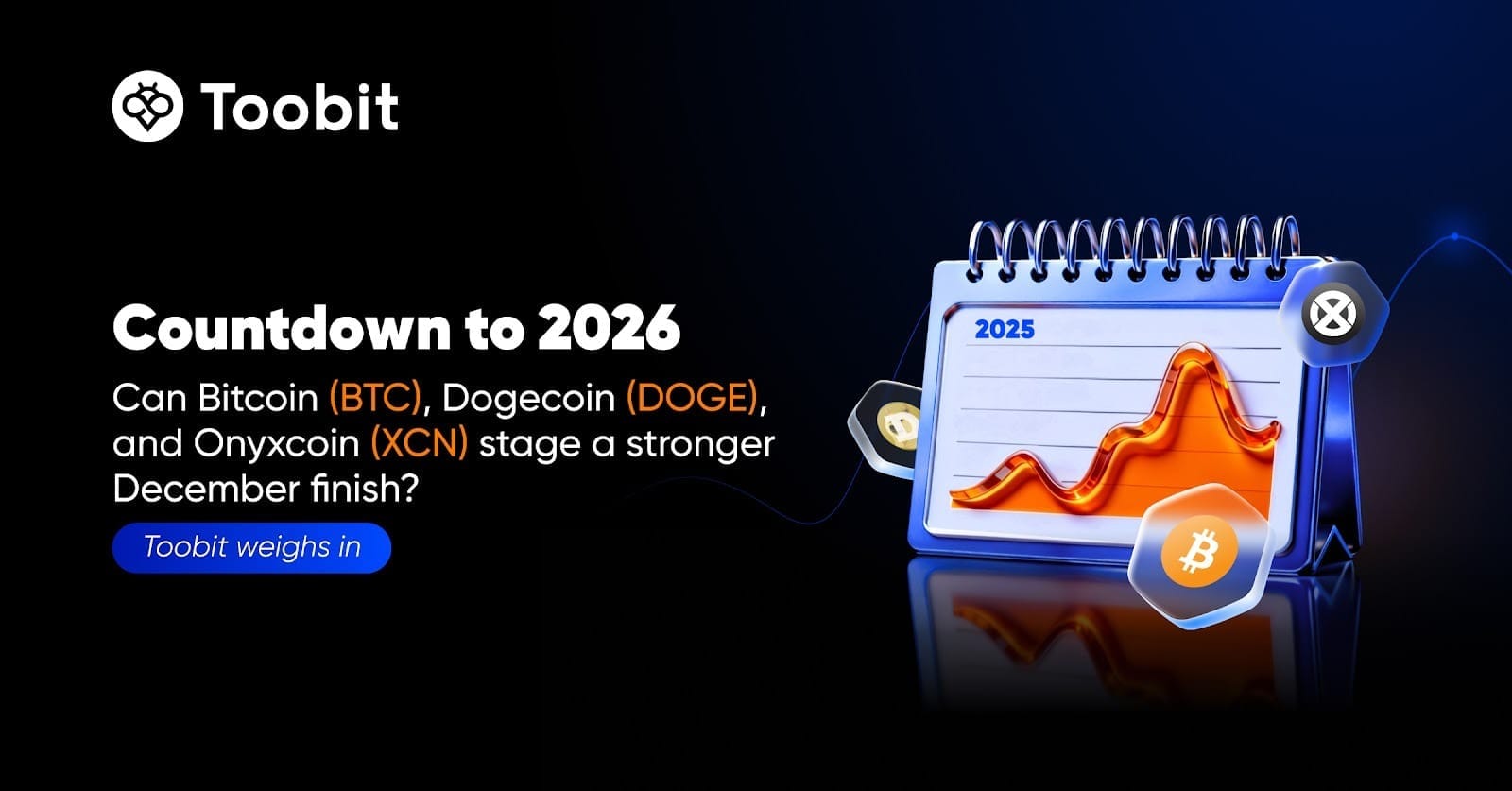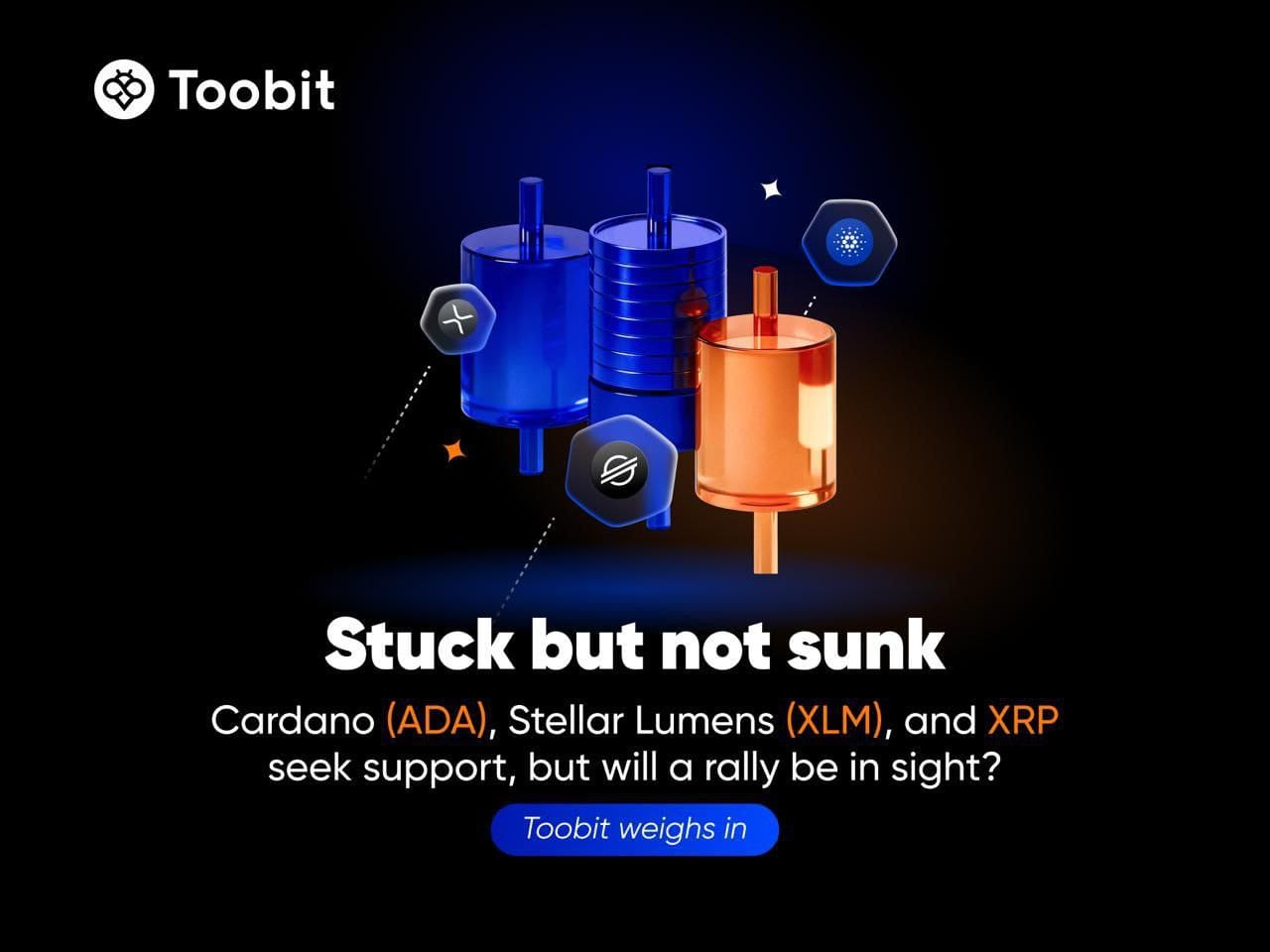Table of Contents
Cryptocurrency transactions form the backbone of decentralized digital economies, allowing users to transfer value across borders securely and efficiently. Cryptocurrency transactions involve the transfer of digital assets between users on a blockchain network. Cryptocurrencies operate on decentralized and distributed ledger technologies, such as blockchain, which rely on cryptographic principles to maintain the integrity of transactions.
The term nonce stands for a number used once, and in the context of cryptocurrency, it represents a unique and arbitrary number assigned to each transaction. Nonces play a pivotal role in preventing the double-spending problem, where a user attempts to spend the same cryptocurrency amount more than once.
The security of cryptocurrency transactions heavily relies on the uniqueness of each transaction. Nonces contribute to this uniqueness by introducing a random and distinct element to each transaction. By doing so, nonces thwart malicious attempts to replicate or manipulate transactions, enhancing the overall security and trustworthiness of the cryptocurrency network.
What Is Nonces?
Nonce serves as a critical cryptographic element, representing a number used once. Its primary purpose is to introduce randomness and uniqueness to each transaction. Unlike traditional financial systems where centralised authorities validate transactions, nonces play an important role in decentralized networks, ensuring the security and integrity of transactions.
Nonces are essentially arbitrary numbers, assigned to transactions during the process of transaction creation. Their uniqueness is crucial in preventing adversaries from replaying or altering transactions, thereby mitigating the risk of fraudulent activities within the cryptocurrency ecosystem.
Nonces contribute significantly to the uniqueness and security of cryptocurrency transactions through their role in preventing double-spending. By appending a unique nonce to each transaction, the blockchain ensures that even if the transaction details remain the same, the inclusion of a distinct nonce differentiates each instance.
In traditional financial systems, transaction security often relies on centralized authorities, intermediaries, and secure communication channels. On the other hand, cryptocurrencies leverage decentralized and trustless networks, necessitating innovative security measures.
Nonces represent a departure from traditional financial transaction security measures by introducing a cryptographic solution to the double-spending problem. In contrast to relying on intermediaries for transaction validation, nonces empower decentralized networks to independently verify the integrity of transactions, reducing the reliance on centralized entities and enhancing the security of digital transactions.
How Does Nonces Technology Help In Cryptocurrency?
One of the fundamental challenges in digital transactions is the double-spending problem, where a user attempts to spend the same cryptocurrency more than once. Nonces play an important role in preventing this malicious activity. When a user initiates a transaction, a unique nonce is assigned to it.
As each nonce is unique, attempting to spend the same cryptocurrency amount twice would require generating different nonces for each transaction. The blockchain network, through consensus mechanisms, validates the uniqueness of these nonces, ensuring that only the transaction with the correct and unused nonce is accepted. This mechanism effectively mitigates the risk of double-spending, fostering trust in the integrity of the cryptocurrency network.
Cryptographic signatures play a crucial role in verifying the authenticity of transactions on a blockchain. Nonces contribute to the creation of these signatures by introducing an unpredictable element. When a user initiates a transaction, the nonce becomes part of the input for the transaction's cryptographic signature algorithm.
The inclusion of the nonce in the signature generation process adds an extra layer of complexity. Even a small change in the transaction details requires a new nonce, resulting in a completely different cryptographic signature. This property makes it computationally infeasible for attackers to alter transaction data without altering the nonce, enhancing the overall security of the transaction verification process.
Advancements And Innovations In Nonce Generation
Cryptographers and developers are exploring and implementing new techniques to enhance the security and efficiency of nonce generation. This includes the development of novel algorithms and approaches to generate nonces that further fortify the resistance against potential attacks.
Advancements in nonce generation techniques aim to address specific challenges such as improving resistance to brute force attacks, enhancing randomness, and optimizing the overall speed of nonce creation. By understanding these improvements, the cryptocurrency community can stay ahead of potential threats and ensure the robustness of transaction security.
Randomness and entropy are crucial elements in nonce generation, contributing to the unpredictability and uniqueness of nonce. Advancements in this area involve exploring ways to increase the entropy of nonce values, making them even more resistant to predictable patterns or manipulation.
Research in cryptographic randomness sources, hardware-based entropy generation, and improvements in algorithms for extracting randomness play a key role in advancing nonce generation techniques. The use of true randomness ensures that nonces are not susceptible to predictability, adding an extra layer of security to cryptocurrency transactions.
Advancements In Nonce Management Algorithms
Nonce management algorithms dictate how nonces are assigned, adjusted, and utilized within a cryptocurrency network. Advancements in this aspect involve developing smarter algorithms that optimize nonce generation for mining processes and transaction validation.
For instance, in Proof-of-Work consensus algorithms like Bitcoin's, advancements may focus on more efficient ways for miners to discover valid nonces, reducing the time and computational power required for the mining process. In Proof-of-Stake or other consensus mechanisms, nonce management may involve different strategies to achieve consensus while maintaining security.
As the cryptocurrency space continues to evolve, staying informed about these advancements in nonce generation becomes imperative, especially in the face of emerging technologies like Bitcoin Method. The ongoing quest for more secure and efficient nonce generation techniques underscores the commitment of the cryptocurrency community to providing a robust and resilient foundation for decentralized transactions
Sum Up
Nonces contribute a crucial layer of uniqueness to each transaction, defying replication and manipulation attempts. Their cryptographic dance with signatures adds complexity, making alterations computationally infeasible and fortifying the overall security of transaction verification.
The evolution of nonce-generation techniques showcases a commitment to staying one step ahead of potential threats. From advancements addressing resistance to brute force attacks to harnessing randomness and entropy, the cryptocurrency community continuously refines the art of nonce generation.








